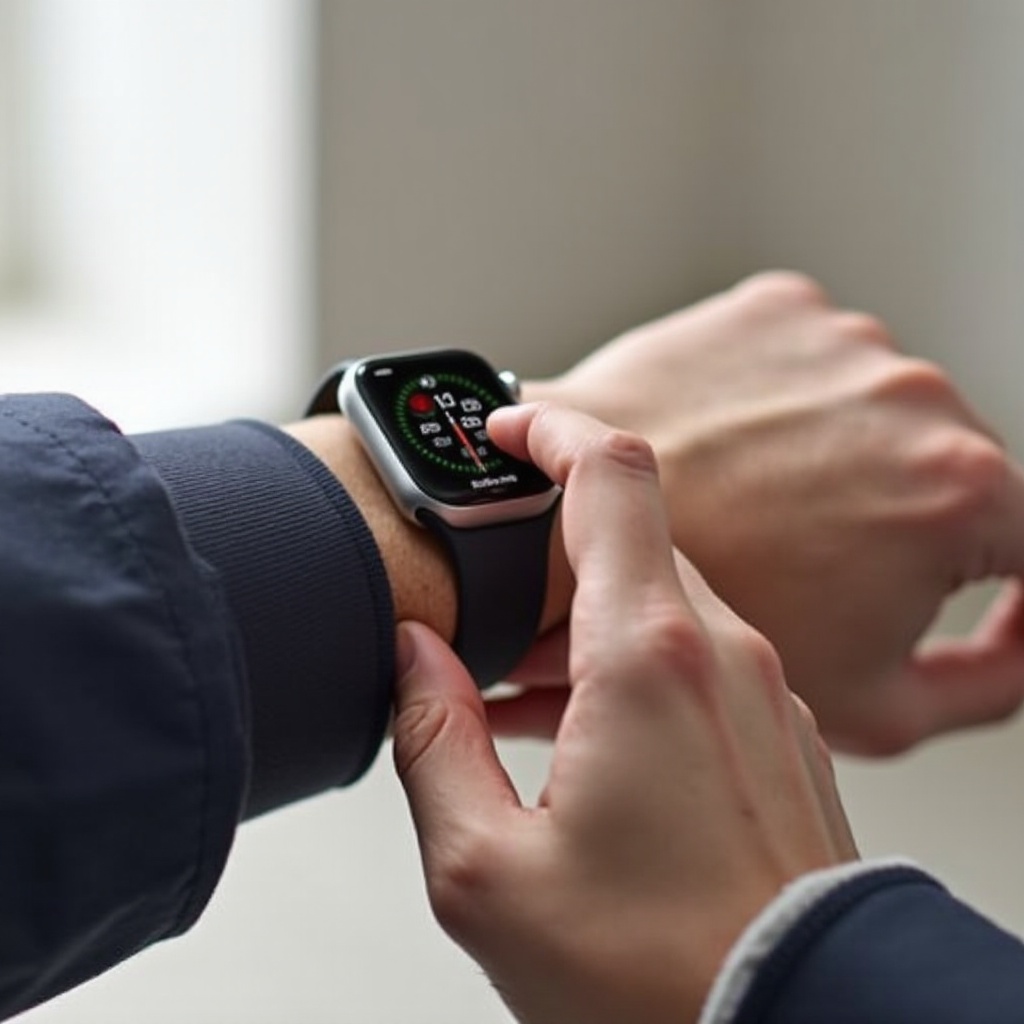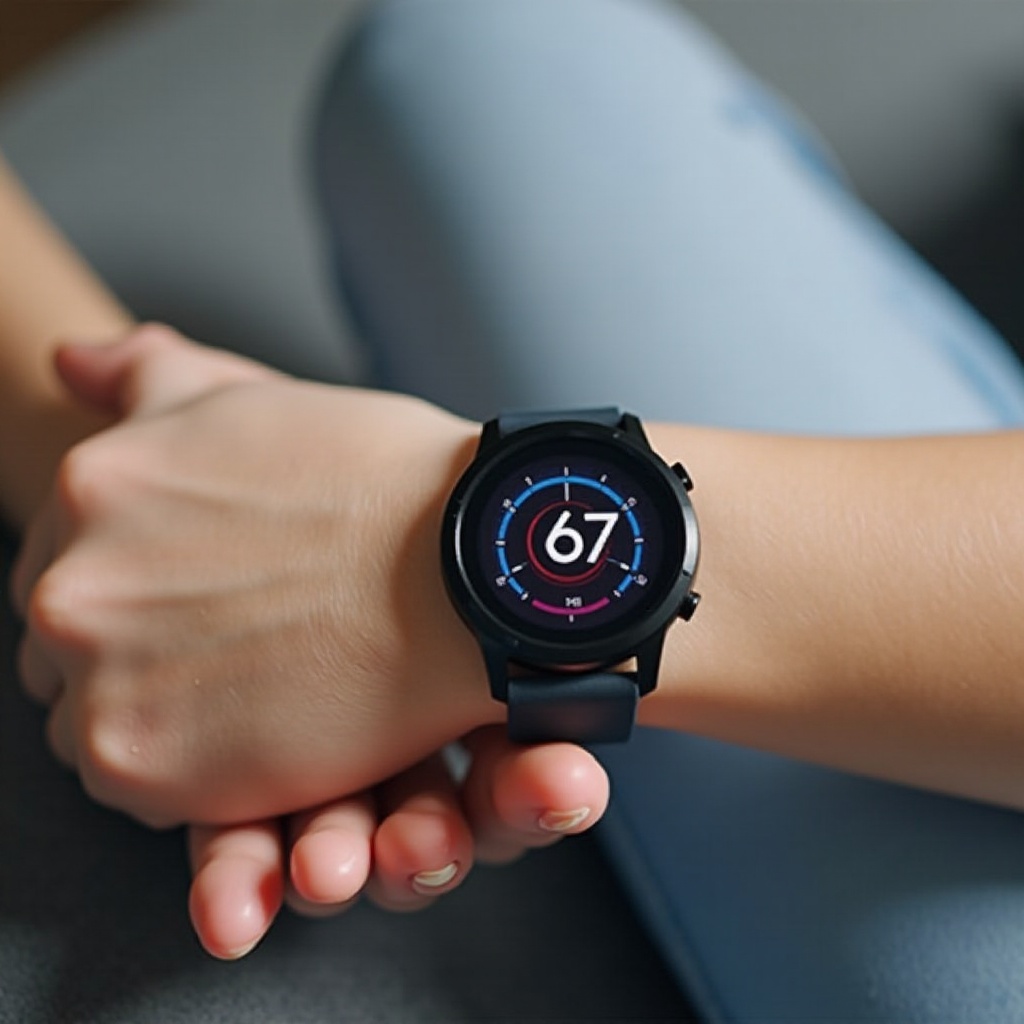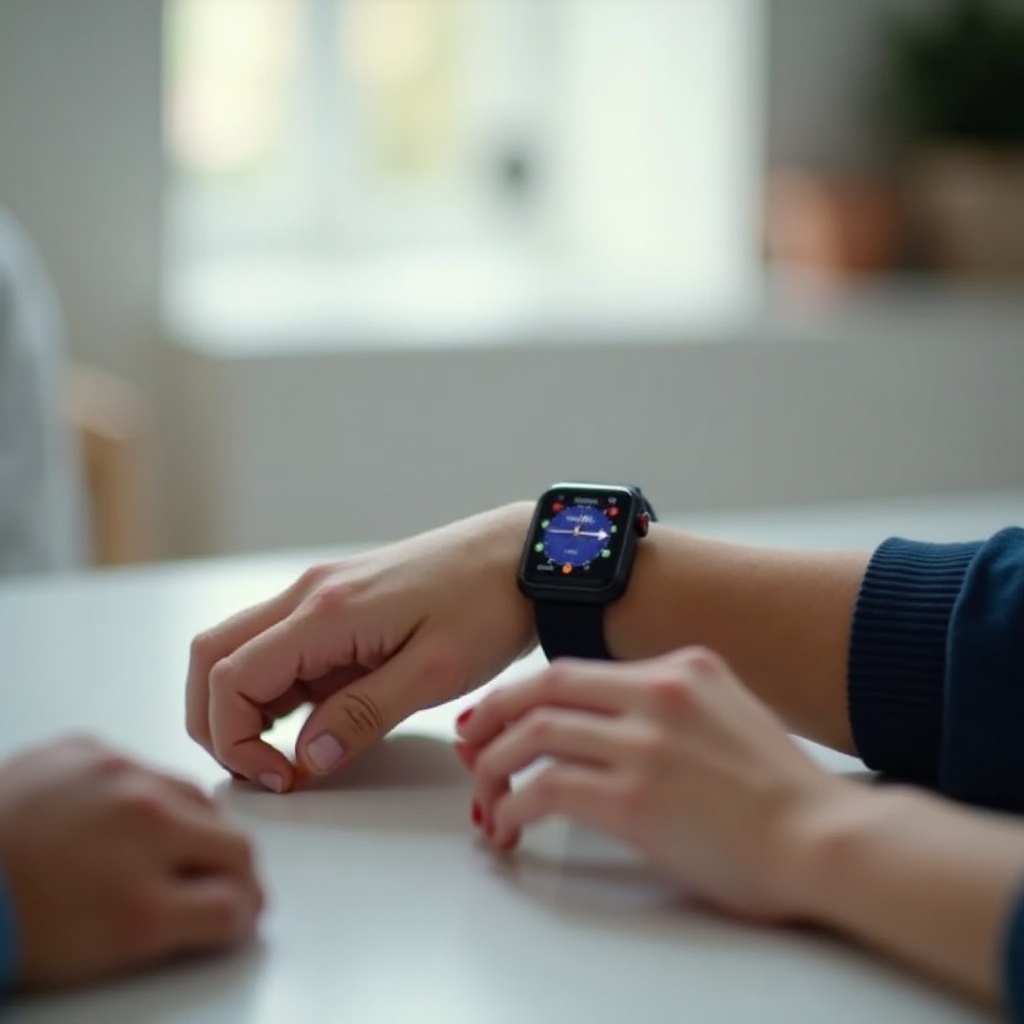Introduction
Measuring blood pressure is crucial for monitoring heart health and preventing cardiovascular conditions. Traditionally, this required a visit to the doctor or using a cuff-based monitor at home. Fortunately, technology has advanced, and smartwatches now offer a convenient way to measure blood pressure anytime, anywhere. This blog will guide you through the process of measuring blood pressure with a smartwatch, the technology behind it, and best practices for accurate readings.

Understanding Blood Pressure
Blood pressure is the force of blood pushing against the walls of your arteries as your heart pumps. It’s recorded in two numbers: systolic pressure (upper number) and diastolic pressure (lower number). The systolic number indicates the pressure in your arteries when your heart beats, while the diastolic number shows the pressure when your heart is at rest. Maintaining healthy blood pressure is vital as high blood pressure (hypertension) can lead to severe health issues, including heart attack, stroke, and kidney problems.

The Evolution of Smart Watches for Health Monitoring
Smartwatches have evolved from being simple accessories to powerful health monitoring devices. Initially designed to complement smartphones by providing notifications and basic apps, they have advanced to track steps, monitor heart rates, analyze sleep patterns, and even measure blood oxygen levels. The inclusion of blood pressure measurement is a recent advancement, leveraging cutting-edge technology to provide vital health data directly at your wrist.

How Smart Watches Measure Blood Pressure
Technology Behind Blood Pressure Sensors
Smartwatches use a blend of optical sensors and advanced algorithms. Optical Heart Rate Monitors (HRMs) emit LED light that penetrates the skin and measures the amount of blood flow. Combining this data with sophisticated algorithms allows the smartwatch to estimate blood pressure. Some smartwatches also use additional features like electrocardiograms (ECG) to enhance accuracy.
Accuracy of Smart Watch Blood Pressure Monitoring
While smartwatches have made blood pressure monitoring more accessible, they are not as accurate as traditional cuff-based monitors. Smartwatch readings can be influenced by factors like wrist positioning, skin tone, and even tattoos. Despite these limitations, many users find these devices useful for tracking trends and maintaining regular monitoring.
Step-by-Step Guide to Measure Blood Pressure Using a Smart Watch
Preparing for the Measurement
- Sit quietly and relax for at least 5 minutes before taking a measurement.
- Avoid caffeine, smoking, and exercise for at least 30 minutes prior to the reading.
- Ensure your smartwatch is properly charged and updated to the latest software version.
Positioning Your Smart Watch Correctly
- Wear the smartwatch on your non-dominant hand.
- Secure the watch slightly above your wrist bone, ensuring it is snug but not too tight.
- Rest your arm on a flat surface with your wrist at heart level.
Initiating the Measurement
- Open the blood pressure app on your smartwatch.
- Follow the on-screen instructions to start the measurement.
- Remain still and avoid talking during the reading. The process usually takes 1-2 minutes.
Interpreting the Results
- Once the measurement is complete, the smartwatch will display your systolic and diastolic pressures.
- Compare the results with your normal range and note any significant changes.
- If readings are consistently abnormal, consult a healthcare professional.
Best Practices for Accurate Readings
To ensure you get the most accurate readings possible:
- Take multiple readings at different times of the day and calculate the average.
- Consistently use the same wrist for measurements.
- Sit with your back straight and supported, legs uncrossed.
- Avoid measuring in extreme temperatures.
Integrating Blood Pressure Data with Health Apps
Many smartwatches are compatible with health apps that store, track, and analyze your data. By syncing your smartwatch with apps like Apple Health, Google Fit, or Samsung Health, you can keep a detailed record of your blood pressure readings. These platforms often offer insights, trends, and the ability to share your data with healthcare providers.
Conclusion
Measuring blood pressure with a smartwatch combines convenience with technology, enabling users to monitor their health effortlessly. While not a replacement for traditional monitors or medical advice, smartwatches provide valuable insights and prompt users to engage more actively in their health. Always consult with a healthcare professional for an accurate and comprehensive health assessment.
Frequently Asked Questions
How often should I measure my blood pressure with a smart watch?
For most people, measuring blood pressure once a day is sufficient. However, if you’re monitoring a specific health condition, your doctor may recommend more frequent readings.
How accurate are smart watches in measuring blood pressure?
Smartwatches provide a good estimate but are not as accurate as traditional blood pressure monitors. For critical health decisions, always rely on medical-grade devices.
Can I rely solely on a smart watch to monitor my blood pressure?
No, smartwatches should be used as a supplementary tool. Regular check-ups with a healthcare professional and using medical-grade devices are essential for accurate monitoring.

